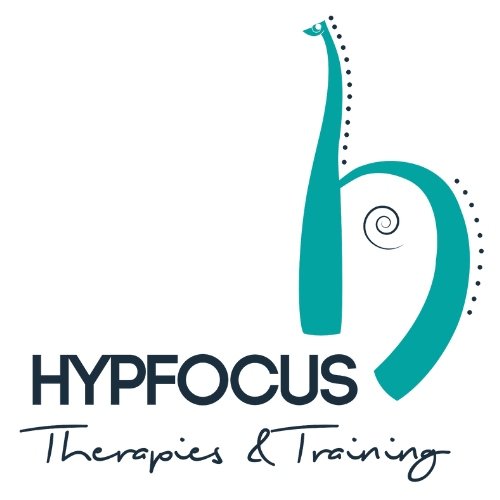Cognitive Shuffling - A technique to help you fall asleep
Many of us have experienced those times when, no matter how busy and active our day has been and how exhausted we are when our head hits the pillow, we can’t seem to get to sleep.
We start to ruminate on events that have happened and think about things that might happen or that we need to make happen in the future.
Our minds keep us awake, and then we look at the time and worry about how much sleep we’ve already missed and how tired we’ll be the next day.
Sometimes, deep breathing exercises help, e.g 4,7,8 breathing (inhale for 4, hold for 7, exhale for 8 - repeat until too drowsy to continue)
Listening to something might help. However, it also may prevent us from falling into a deep sleep.
This can lead to sleep anxiety.
The more pressure we put on ourselves to sleep, the further away sleep seems to get.
This is where cognitive shuffling may help.
What is Cognitive shuffling?
It's a way to rearrange or reorganise your thoughts, like shuffling a deck of cards.
The purpose is to distract your mind from conscious thought patterns that may keep you awake.
Here are three cognitive shuffling techniques:
Technique 1. T
Think of random words or objects that have nothing to do with each other. For example, cow, flower, cake, truck, moon, chair etc. These are just random words that make no sense
Technique 2.
Pick a letter of the alphabet and start counting your heartbeat. Then, you think of a word that begins with that letter after every 8 heartbeats.
Technique 3.
Think of a word e.g. sleep
Begin with the first letter “s” and think of a word that begins with “s.” For example, “sofa”, now visualise a sofa. Then, think of another word that begins with “s” and visualise that word.
Keep going until you run out of words that begin with “s.”
Hint: As you think of a word, breathe in, and as you visualise it, breathe out. If it takes a moment to visualise the word, this will allow a lovely extended breath, which is very calming.
Go to the next letter in your starter word in this example “sleep”, and repeat the process, visualising each word as you think of them
Continue until you fall to sleep
How does it work?
This technique was devised by Dr Beaudoin, a Professor of Cognitive Science at Simon Fraser University. He says it helps to switch the brain from “mental perturbance,” i.e., when its executive function is firing, to access memory, evaluate, plan, schedule, and problem-solve. These activities keep our brains too active to settle into sleep. By using the techniques outlined above, your brain can switch from a high state of alertness to drowsiness and sleep. The strategy allows your brain to stop trying to make sense of things and relieves the “mental perturbance” outlined above.
In addition to distracting your brain, cognitive shuffling imitates micro-dreams that occur during the transition to sleep. Therefore, it signals your brain that it's safe to fall asleep.
Give it a try!
Click here for more details on my practice Hypfocus Hypnotherapy Melbourne
For people who’ve searched Hypnotherapy Near Me - I’m located in Mentone, however, I see many clients via Telehealth
For more information on Hypnotherapy for Insomnia click this link

